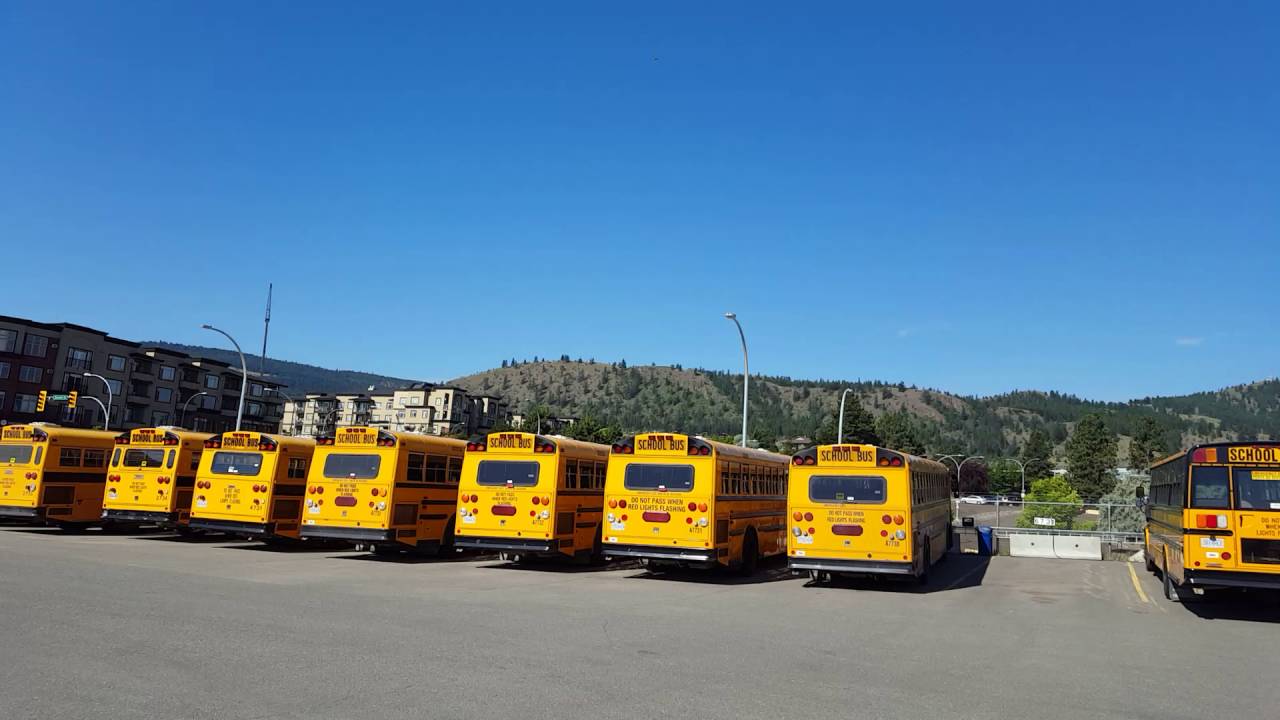July is here and it’s time once again to get the bulk of the work done over July and August. Our shop tries it’s best to get most of the major work done before Summer because of holidays the amount of work required and believe me 2 months just flies by. There are around 18 motor vehicle inspections to get through on top of the yearly maintenance.
We coincided the MVI with yearly maintenance to make scheduling easier. It doesn’t matter in the Summer but during the year the driver takes a spare bus so we have two to three days to get the work done. We might find work during the inspection depending on the age of the school bus. Most of the buses are newer for July and August the oldest units being 2010 models.
The yearly maintenance schedule consists of fluid changes, thermostats and coolant depending on the diesel engine involved. During 5,000 KM services we check the coolant for proper nitrite levels and treat the coolant as required. The Mercedes engines get new coolant every 2 years along with thermostats. This was recommended by the dealer. We’ve learned that deteriorated coolant (low nitrite levels) is the main cause for those expensive EGR cooler and water pump failures.
There will always be cavitation in coolant because of the contours in a diesel engine. There’s lots of corners and restrictions combined with pressure and agitation so no diesel engine will be cavitation free. The nitrite that we test for using the testing strips will indicate the concentration levels and it’s important to check it every service. The proper chemical level of nitrite prevents the cavitation that damages the castings namely most of the engine block and cylinder walls and causes solder to melt on coolers.
Our maintenance program changes as we go along just because of our experiences through out the years. Batteries are replaced every 5 years regardless of condition. Spring brake pots are replaced every 5 years as well. I recommend MGM brake chambers because of their warranty and powder coated housings that makes them more expensive but for an extra $50.00 for one school bus it’s well worth it.
We service air dryers on the yearly PM when they’ve reached a 2 year cycle or if they are leaking oil badly out of the exhaust port. This could mean a bad air compressor so we evaluate that when required. Synthetic oil (which I love) cuts down on service intervals. We change transmission oil every 3 years or if the school bus (newer models) has Allison prognostics we wait until the little light on the dash comes on to tell us whether it’s time to change the trans oil or filter.
The filter on our 2500 Allison transmissions is a spin on and it takes 5 minutes to do a re and re (grin). The only extra step is to hook up the laptop and see how much of a percentage is left on the oil and filter. If one or the other is replaced you have to reset it back to 100% when done servicing. This was a quick over view on our PM program. I know other fleets do things differently but it boils down to what system works for the fleet to suit the demands of the bus runs.







